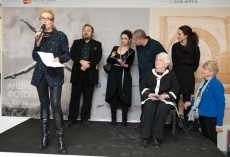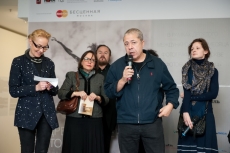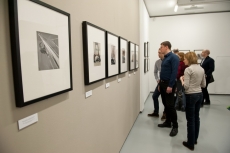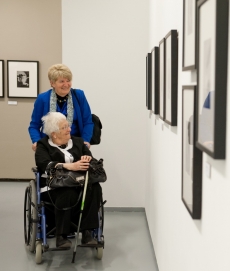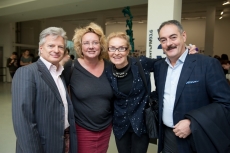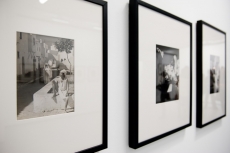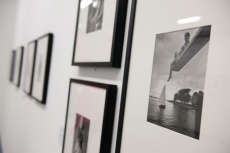André Steiner. Photographs
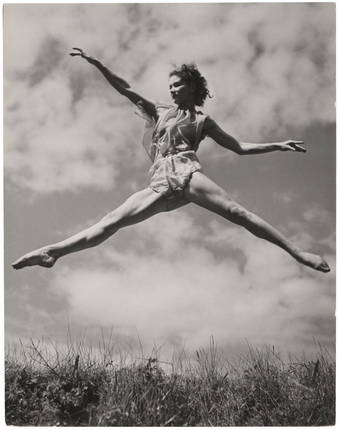

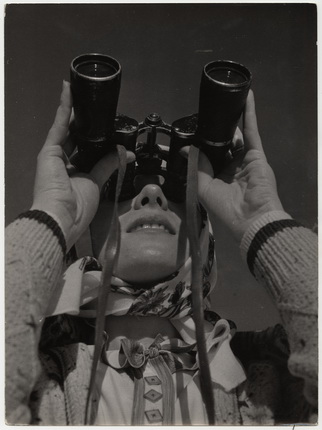
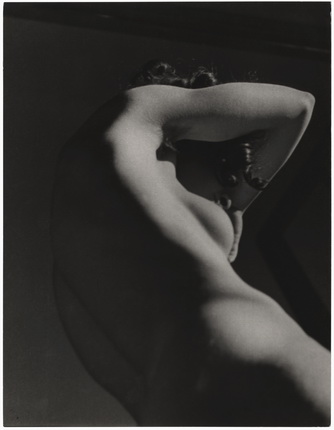
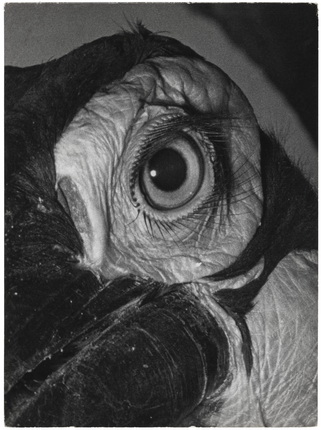
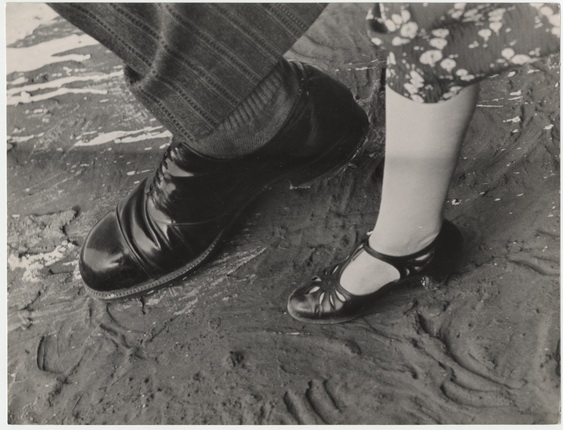
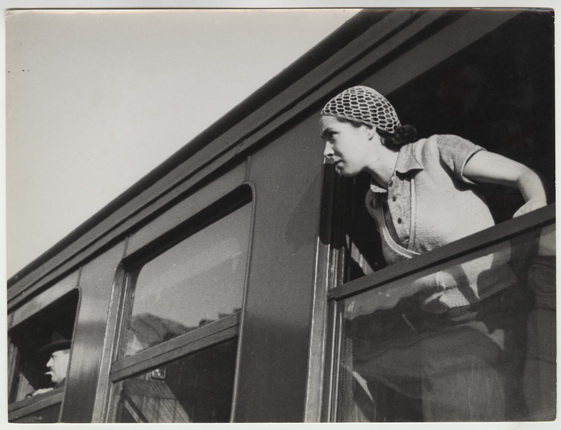
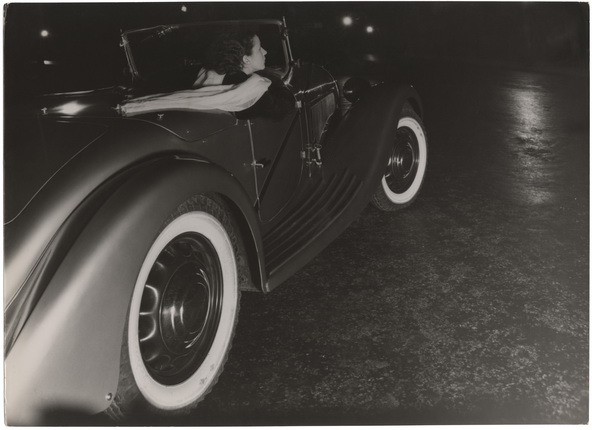
André Steiner. Lisa Fonssagrives, c. 1936. Silver bromide-gelatin print. © Nicole Bajolet-Steiner
André Steiner. Lily Steiner, 1935. Silver bromide-gelatin print. © Nicole Bajolet-Steiner
André Steiner. Watching through binoculars, 1930s. Silver bromide-gelatin print. © Nicole Bajolet-Steiner
André Steiner. Lily Steiner, 1933. Silver bromide-gelatin print. © Nicole Bajolet-Steiner
André Steiner. Eye of a parrot, 1930s. Silver bromide-gelatin print. © Nicole Bajolet-Steiner
André Steiner. Feet and shoes, 1930s. Silver bromide-gelatin print. © Nicole Bajolet-Steiner
André Steiner. Lily Steiner, 1935. Silver bromide-gelatin print. © Nicole Bajolet-Steiner
André Steiner. Photograph for the Paris Motor Show, 1935. Silver bromide-gelatin print. © Nicole Bajolet-Steiner
Moscow, 27.02.2014—20.04.2014
exhibition is over
Share with friends
Curators: François Cheval, Audrey Hoareau
From Nicole Bajolet's collection
For the press
André Steiner is one of the underrated masters of the ‘New Vision’, and his oeuvre reflects the contemporaneity of this between-war tendency in photographic art. Steiner’s plastic and aesthetic experiments allow us to place him side-by-side with leading figures in the European avant-garde of the Thirties. This is the epoch when we encounter many emigrants from Eastern Europe among creative circles working in the French capital. Some of them attained recognition, and following after such names as Germaine Krull, Eli Lotar and Brassaï, the name André Steiner also began to be heard in Paris. However, Steiner was by nature a solitary artist and had little contact with immigrant photographers, only maintaining a close friendship with František Kollár and Imre Fehér.
André Steiner was above all a technician. All his photographs are infused with belief in science. It could be said that science lies at the core of his creative method, and subsequently becomes the main object of his professional interests. Steiner believes that photography can be both experimental and applied, in the scientific sense of the word. In his advertising commissions, abstract compositions and photomontages he carefully arranges the shot, regulating the shadows and playing with visual effects.
Throughout his working life Steiner was fascinated by the mechanics of the moving human body, its classical subjects such as dance and sport. He advocated life in the fresh air, with regular physical exercises. His vision is concentrated on the agility of his models, the tensed muscles. The camera lens captures a jump, transforming a fleeting pose into an eternally lasting moment of lightness and grace.
André Steiner was born in Hungary in 1901.
When the first anti-Semitic laws were adopted, Jewish-born André relocated to Vienna, where he graduated from the Higher Polytechnic School with a diploma in electrical engineering. During his studies he worked as assistant to Josef Maria Eder, well known in photographic circles, and therefore had at his disposal one of the first Leica prototypes. Steiner began his creative career with portraits and nude studies of Lea, nicknamed Lily, whom he met at the Hakoah Jewish sports club and who became his wife and favourite model.
In 1928 the couple emigrated to Paris, where Steiner first got a job as engineer with the Alstom Company, and later worked for Paramount Studios and the Phototon organisation. In 1934 he finally opened his own photographic studio and began earning a living from his favourite pursuit. While remaining an independent photographer, he nonetheless regularly carried out commissions for the magazines VU, Voilà and Mieux Vivre, and later for Vogue and Harper’s Bazaar.
André Steiner was a sportsman of superior standing, a political activist, a participant in the resistance movement and, in short, a man who was involved in the life around him body and soul.
For Steiner the post-war years proved critical. He no longer did reportage or experimental shoots and, returning to his Paris studio, devoted himself almost entirely to applied photography. From that moment science and technology became the main sphere for application of his photographic talent.
André Steiner died in Paris in 1978.

